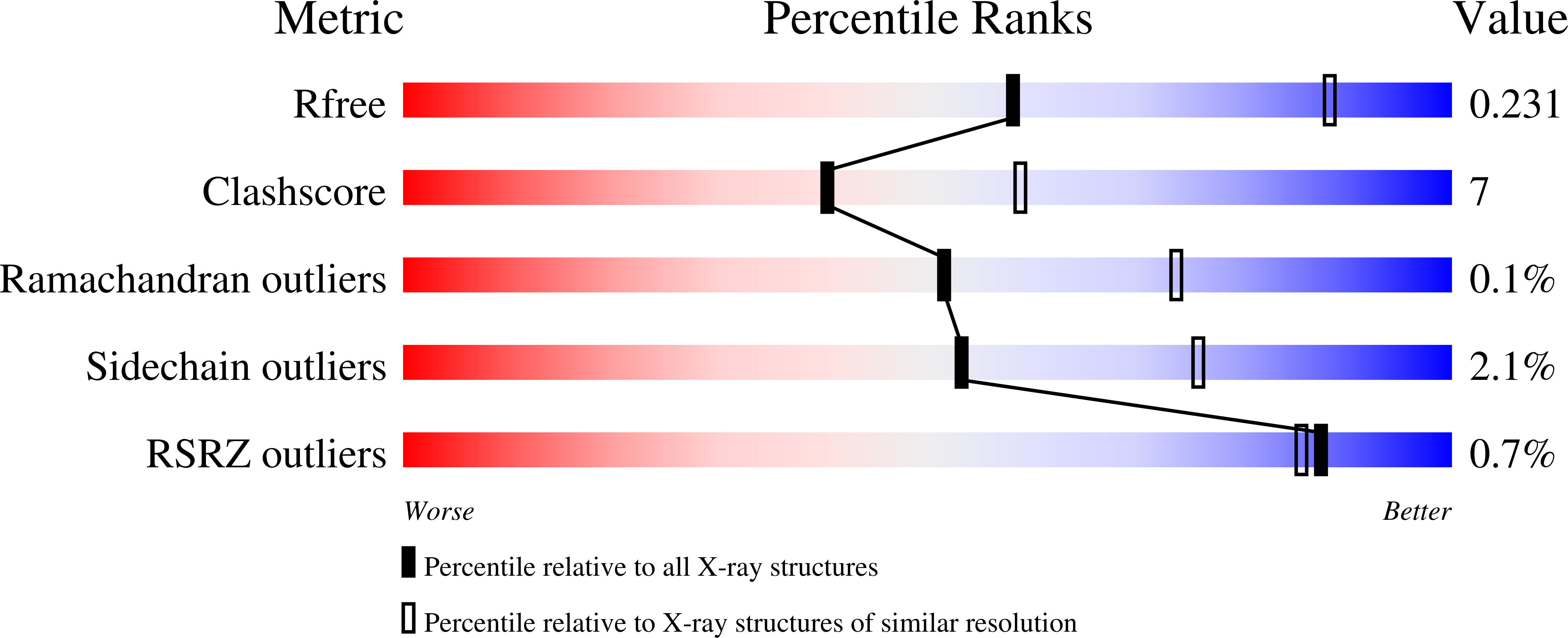
Deposition Date
2023-02-06
Release Date
2024-01-31
Last Version Date
2024-11-20
Entry Detail
PDB ID:
8CGP
Keywords:
Title:
Insulin regulated aminopeptidase (IRAP) in complex with an allosteric aryl sulfonamide inhibitor
Biological Source:
Source Organism:
Homo sapiens (Taxon ID: 9606)
Host Organism:
Method Details:
Experimental Method:
Resolution:
2.62 Å
R-Value Free:
0.23
R-Value Work:
0.16
Space Group:
P 1 21 1


